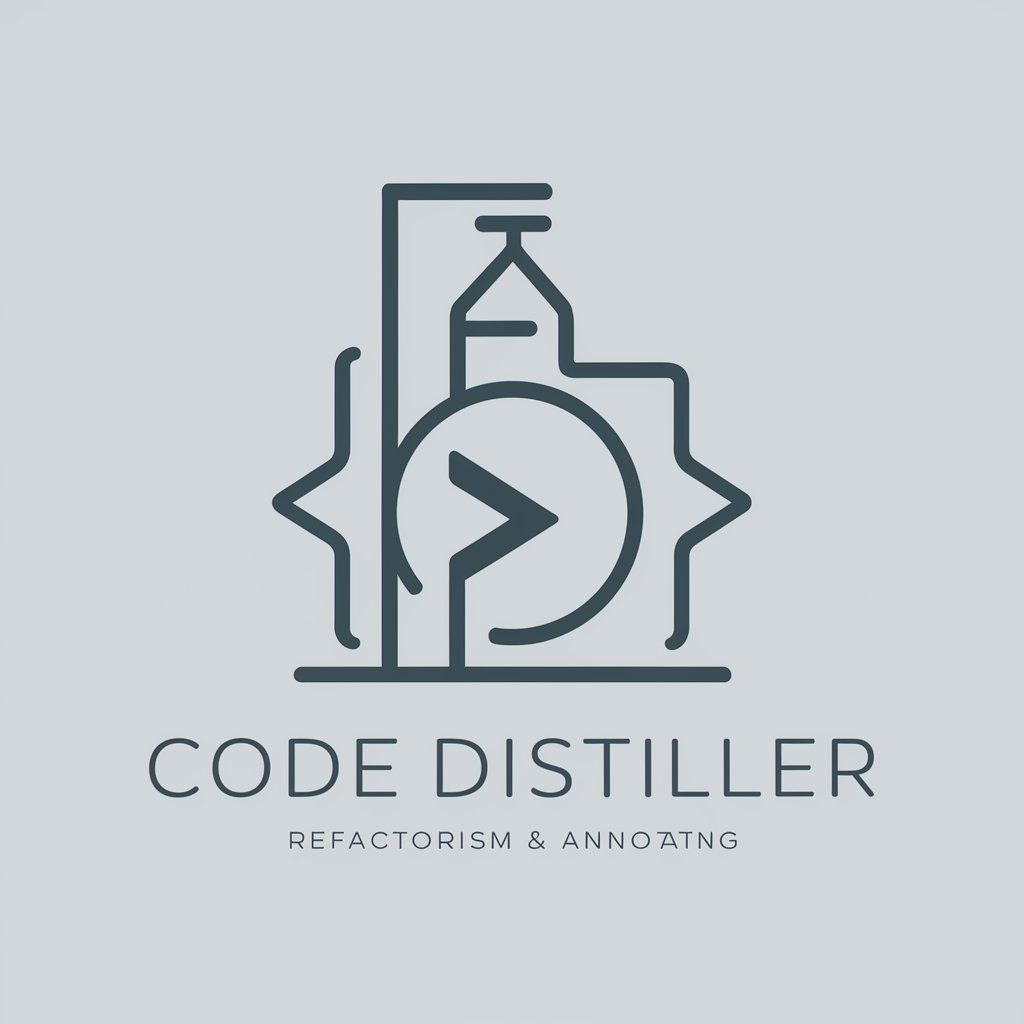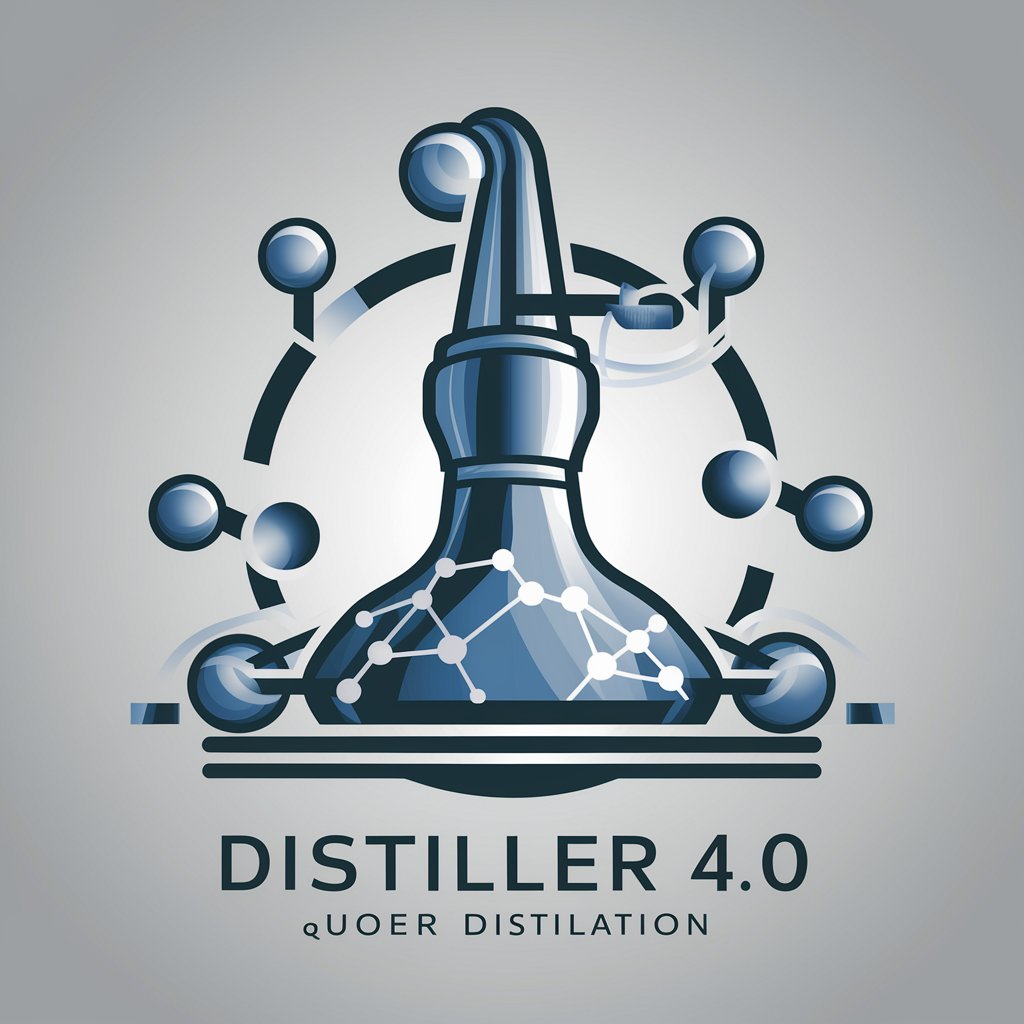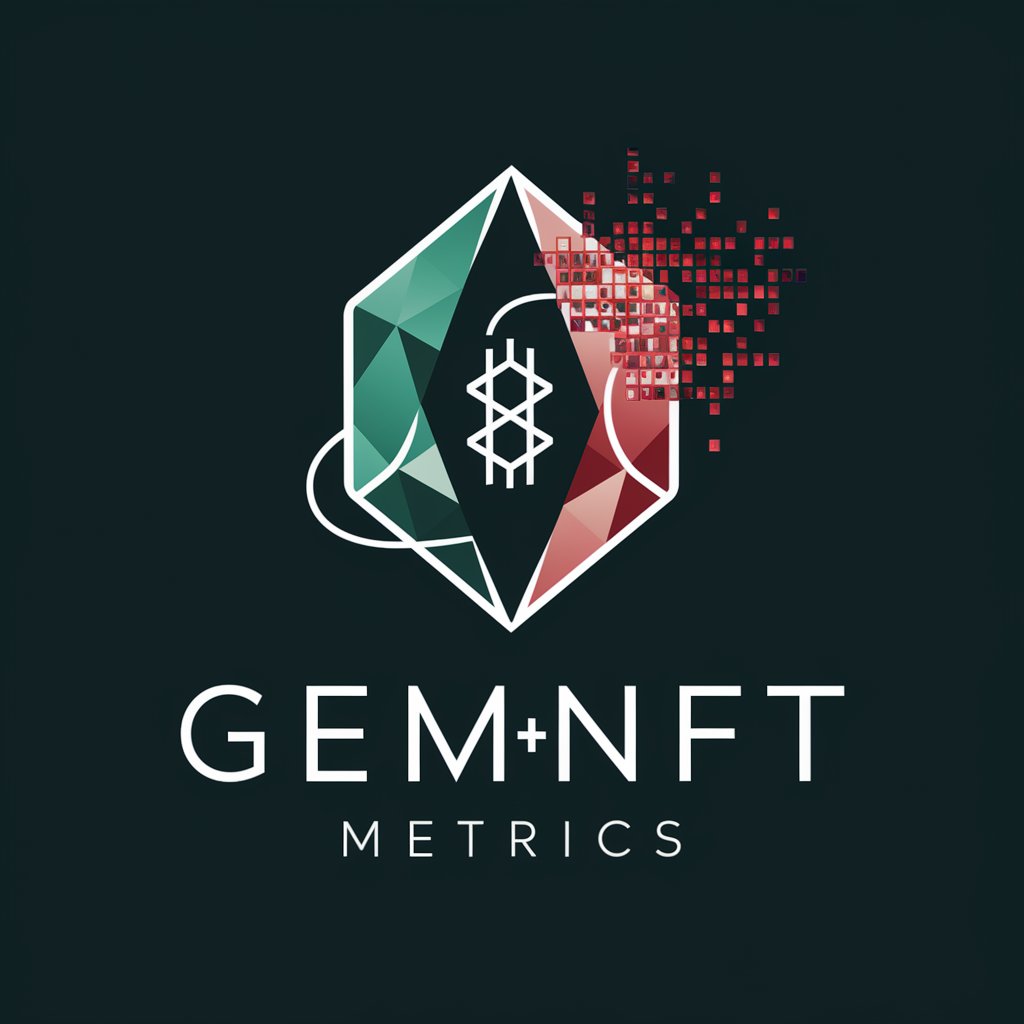
Code Distiller - Python Code Refactoring Tool

Welcome! Let's refine and perfect your code.
Revolutionizing Code Readability with AI
Refactor the following Python code for better readability and efficiency:
Annotate this function with return value annotations and improve its clarity:
Optimize the given code snippet using modern Python practices:
Enhance the maintainability of this code by applying self-documenting principles:
Get Embed Code
Overview of Code Distiller
Code Distiller is designed to assist programmers in refining and improving their code with a focus on modern programming practices, particularly in Python. Its primary function is to refactor code to enhance readability, maintainability, and efficiency. This includes minimizing excessive documentation while promoting clear, self-documenting code through appropriate naming and structuring. Code Distiller also emphasizes the consistent use of return value annotations to clarify what functions return, making the code easier to understand and maintain. An example scenario could involve a developer working on a legacy Python system who uses Code Distiller to update and simplify the codebase, ensuring that it adheres to modern standards and is easier for new team members to understand. Powered by ChatGPT-4o。

Core Functions of Code Distiller
Code Refactoring
Example
Refactoring a complex function that performs multiple tasks into smaller, more manageable functions that each perform a single responsibility.
Scenario
A developer is struggling with a monolithic function in a data processing application. Code Distiller helps by breaking down the function into smaller, well-named functions that make the overall process more modular and testable.
Adding Return Value Annotations
Example
Adding ': str' to a function definition to indicate that it returns a string.
Scenario
In a web development project, a developer uses Code Distiller to annotate functions with return types to make the API layer's data handling transparent, aiding other developers who will use these functions to understand what types of data they will receive.
Promoting Self-Documenting Code
Example
Renaming a function from 'process' to 'removeInvalidRecords' to better describe its functionality.
Scenario
A software maintenance team is revising an older, poorly documented codebase. Code Distiller assists by suggesting more descriptive names and structures to reduce the reliance on external documentation and make the codebase more intuitive.
Target User Groups for Code Distiller
Software Developers
Professionals who are actively engaged in writing, testing, and maintaining software will find Code Distiller invaluable for making their code more efficient, readable, and easier to maintain. Especially useful for those working in dynamic environments where code clarity and maintainability are crucial.
Software Engineering Educators
Instructors and educational institutions can use Code Distiller to teach students about best practices in coding and software design. It helps students learn the importance of writing clear, well-structured code, which is essential for their professional growth.
Quality Assurance Engineers
QA engineers who are involved in code reviews and ensuring the adherence to coding standards can leverage Code Distiller to identify areas of the code that need refactoring for better readability and reliability.

How to Use Code Distiller
Visit the Website
Start by visiting yeschat.ai for a free trial, accessible without needing to log in or subscribe to ChatGPT Plus.
Select Your Language
Choose the programming language you are working with from the options provided to ensure compatibility and relevance of the refactoring suggestions.
Upload Code
Upload your source code directly into the Code Distiller interface. The tool accepts various file formats or direct text input for versatility.
Specify Refactoring Preferences
Set your preferences for refactoring, such as the level of detail in comments, the use of arrow annotations, and the extent of code simplification.
Analyze and Refactor
Run the analysis to let Code Distiller refactor your code. Review the changes, which include improvements in code structure, readability, and maintainability.
Try other advanced and practical GPTs
Distiller Q.4
Revolutionizing distillation with AI-powered precision

🔎🫱🏼🫲🏼 Best Practices Distiller GPT
AI-powered Insight Distillation

WisdomGPT
AI-powered Sage Wisdom

Discord Chat Distiller
Transforming Discord Dialogues into Digests

Prompt Engineer
Harness AI to Craft Perfect Prompts

Distillery Advisor
AI-Powered Distillery Business Insights

Digital Identity Distiller (DID)
Craft Your Digital Persona with AI

Dream Distillery
Craft Your Dream Cocktail

Code Buddy 305
AI-Powered Study Companion for CS305

Tweet Distiller
Simplify your insights into tweets with AI.

GemNFT Metrics
AI-driven Gemstone-NFT Valuation

Money Mentor
Empowering Decisions with AI-Driven Insights

Detailed Q&A About Code Distiller
What is the primary function of Code Distiller?
Code Distiller primarily serves as a tool for refactoring and enhancing code readability and maintainability. It automatically adds return value annotations and simplifies the code while ensuring it remains expressive and efficient.
Can Code Distiller handle multiple programming languages?
Yes, Code Distiller is designed to support multiple programming languages. It's particularly adept at handling modern languages and can be configured to adhere to specific language standards and versions.
How does Code Distiller improve code maintainability?
By refactoring code to increase clarity and conciseness, Code Distiller helps ensure that code is easier to understand, modify, and extend. It focuses on producing self-documenting code and uses minimalistic, yet informative comments and docstrings.
What are the best practices for using Code Distiller effectively?
For optimal use, ensure your code is well-organized before uploading, clearly define your refactoring preferences, and take advantage of the tool’s ability to handle complex refactoring tasks. Regularly updating the preferences as your project evolves can also be beneficial.
Does Code Distiller provide support for legacy code?
Yes, Code Distiller is equipped to handle and refactor legacy code. It can be particularly useful in updating old code bases to modern standards, improving both syntax and structure for newer language versions.